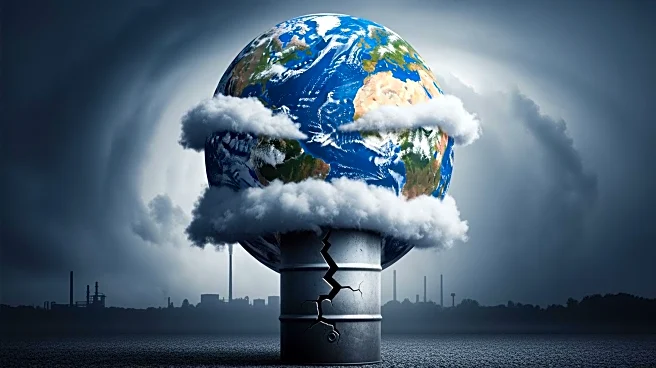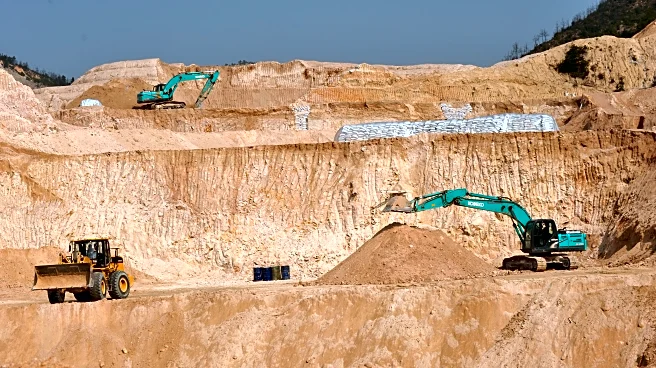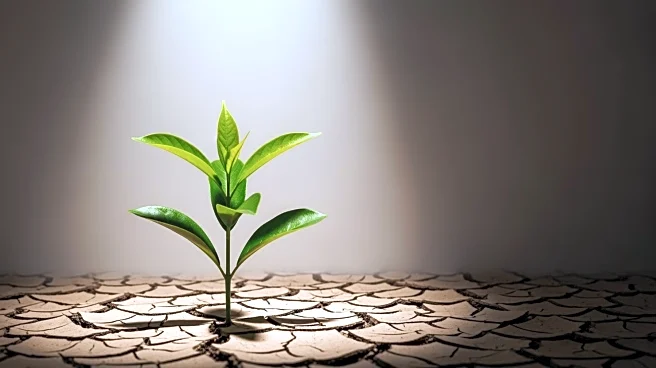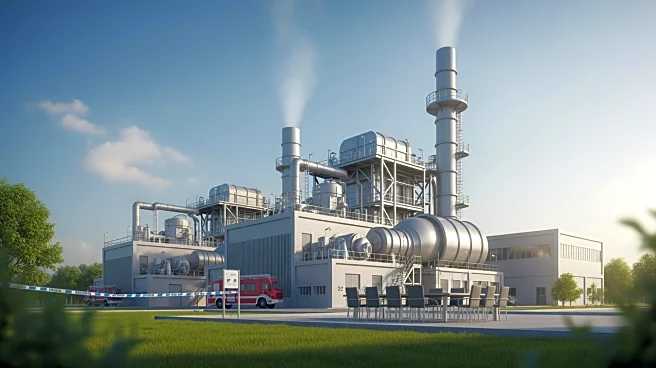What's Happening?
Megadroughts, which are severe droughts lasting for decades and affecting vast regions, are becoming more frequent and severe due to climate change. These droughts have historically occurred, such as those in North America during the medieval era, but
human-induced climate change is exacerbating their intensity. Rising temperatures and altered weather patterns are leading to drier conditions, significantly impacting water supplies, agriculture, and communities worldwide. Regions like the southwestern U.S., Mexico, the Sahel in Africa, the Andes, the Amazon basin, and parts of Australia are experiencing record-low water levels and reduced rainfall, which harm ecosystems and water sources.
Why It's Important?
The increasing frequency and severity of megadroughts have profound ecological and economic consequences. Ecologically, they devastate ecosystems, reduce biodiversity, and increase the risk of wildfires. Economically, they negatively affect agriculture, reduce hydropower output, and lead to higher food and energy prices. These droughts also cause water shortages and food scarcity, forcing some communities to relocate. The link between human actions and environmental changes underscores the need for climate action and resource preservation to mitigate these impacts.
What's Next?
Efforts to mitigate the effects of megadroughts include supporting climate action initiatives, promoting sustainable behaviors, and contributing to environmental restoration and drought resilience efforts. Raising awareness about the causes and impacts of megadroughts can also drive collective action towards sustainable solutions. As climate change continues to intensify these droughts, global cooperation and sustainable practices will be crucial in reducing their effects.
Beyond the Headlines
Megadroughts highlight the critical connection between human activities and environmental health. Addressing these droughts requires a comprehensive approach that includes policy changes, technological innovations, and community engagement. The long-term shifts in climate patterns necessitate adaptive strategies to ensure water security and ecosystem resilience.















